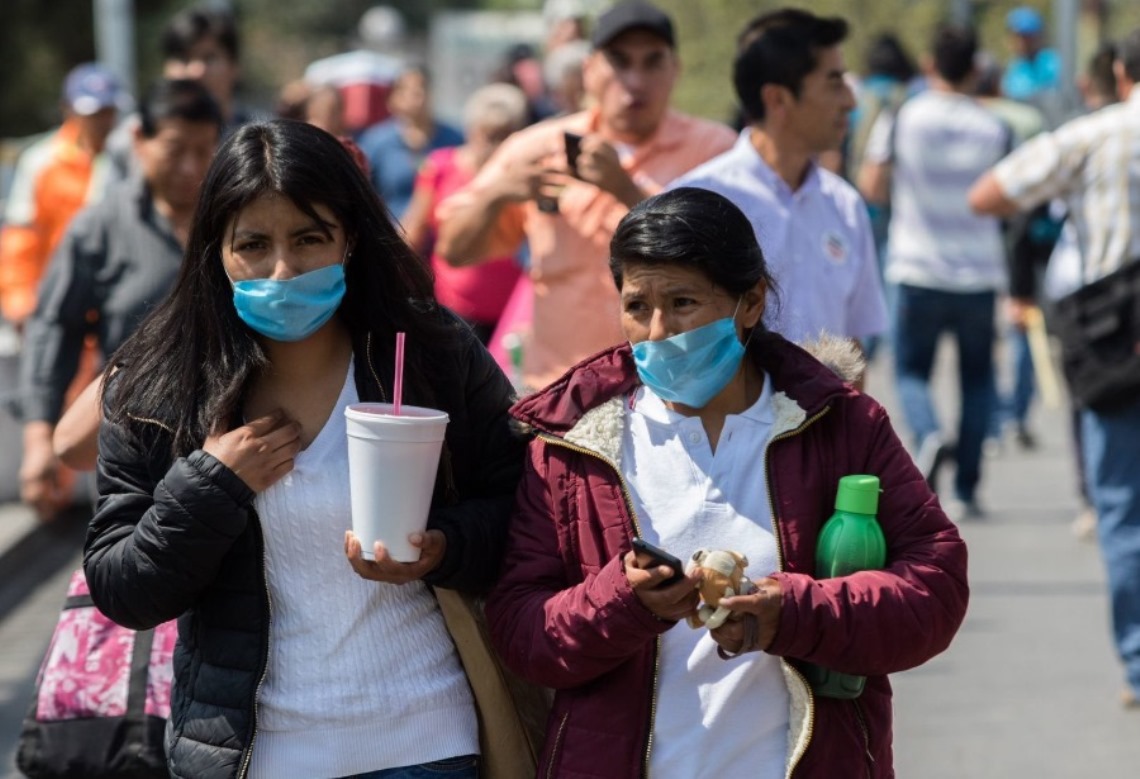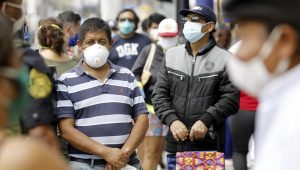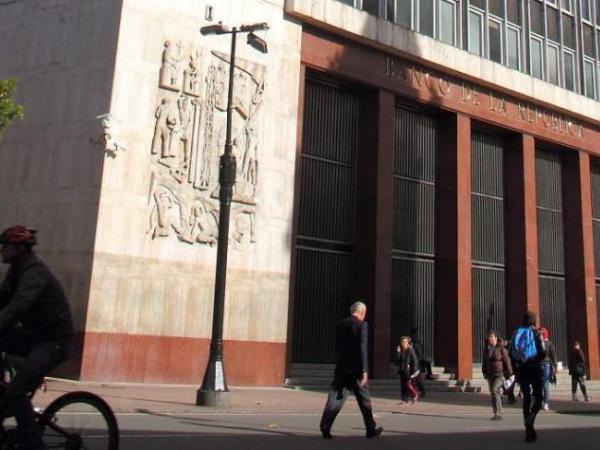A little more than 11 million Ecuadorians have that level of income, which is 2.66 times less than the $2,000 or more of the segment with the greatest possibilities.
If you are looking for an explanation of why you can define the Ecuador As a poor country, one of the clearest pieces of evidence is the distribution of income. Of the total economically active population (12,236,130), only 1% receive more than $2,000 per month.
At the other extreme, about 90%, that is, 9 out of 10 Ecuadoriansget a salary monthly up to $750, according to calculations based on information from the Ecuadorian Institute of Statistics and Census (INEC) and multilateral organizations, such as the International Monetary Fund (IMF).
Verónica Balseca, an accountant and single mother of a girl, explained that, even with a university degree and training courses, her monthly salary arrives at $680.
“I live with my younger sister, but she only makes a little over $550. As a family, we live on a monthly budget of $1,200 for three people. You have to ‘juggle’ to reach it. In the pandemic everything got complicated, but from before little was paid in the country”, he said.
Increase in informality
This reality has multiple causes, but one of the main ones is that Ecuador has a business fabric that is growing little, and a informal sector which is constantly expanding. The result is millions of people ‘hunting’ for few formal jobs, which offer low income.
Thus, although by law the so-called Unified Basic Salary (SBU) in $425 per monthafter the last increase decreed by the president, William Lassoreality tells another story.
Within the vast majority who earn up to $750, more than 7.3 million people (60% of the population) do not exceed a entry cash of $250 a month.
Carlos Pinto, an informal vendor and father of two children, commented that when he was younger he stayed halfway through a university career, so he has had different jobs.
“With my wife, in the good months, we can put together up to $500 or $600. With that, it’s time to look for all the possible laps so that it reaches. Even the chulco has had to get involved when things are worse, but I do not recommend it, ”she pointed out.
‘We are all middle class’
Within the discussions about the increase in the payments of the Income taxone of the most repeated arguments is that “you are hitting the middle class”. However, the underlying question is how this social class is defined in a country as poor as Ecuador.
A study by the Inter-American Development Bank (IDB), published at the end of 2021, established that to be in this segment you must have, on average, a budget $860 monthly family.
That level is less than the $2,000 of individual income received by Ecuadorians. pay more to the state with the tax reform of the current Government.
David Jaramillo, an economist, considered that considering middle class, within the Ecuadorian public debate has a great aspirational component. “For many it means, subjectively, having overcome the conditions of vulnerability and eventual poverty that are part of the daily life of millions, and at the same time, it is maintaining an aspiration of the future potential of becoming upper class. Thus defined, subjectively, surely all or most of us are the middle class, because we are not so bad, but we would always like to be better, ”he asserted.
One of the structural problems of Ecuador is that there is a small base of people with incomes above the median. That base, especially in times of crisis, bears more taxes and even special contributions.
This will only change, in the medium and long term, with greater formalization of the economymore suitable employment and older income.
Was there a better alternative to raising the income tax?
Political, social and citizen sectors have demanded that, before raising taxes on the few who already pay, evaders should be charged, and, on the other hand, make a significant cut in public spending.
However, the reduction in evasion is long-term. in C
hile, for example, a 5% increase in collection through this channel took 10 years of continuous work. In the other case, the Government has assured that, until 2025, it will cut little by little until adding $3,000 million in savings.
On the other hand, the authorities argue that the measures with the least impact for the majority of Ecuadorians were chosen. In the original agreement with the International Monetary Fund (IMF), signed by Lenín Moreno, measures were established that would have affected everyone, without taking into account the level of income: increase of 3 points of VAT, tax on tenths and profits, additional taxes on fuel, elimination of VAT refunds, among others. (JS)









